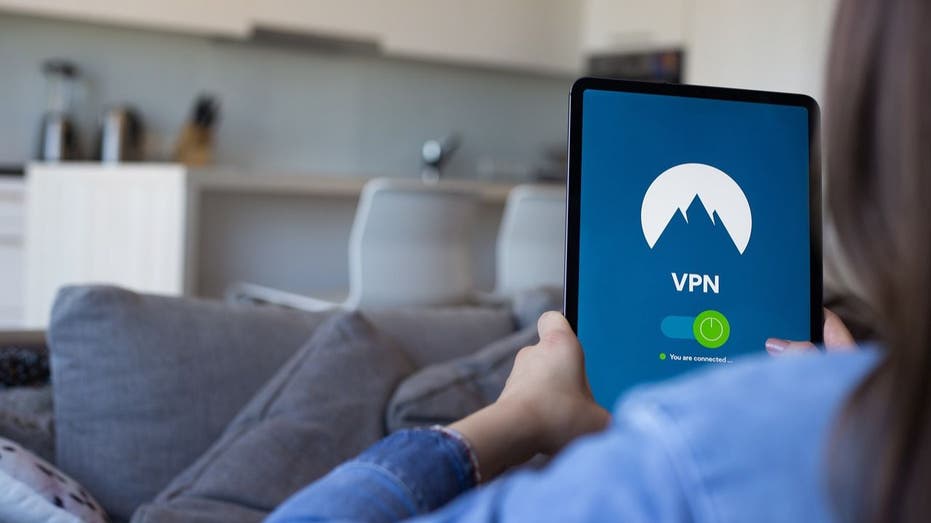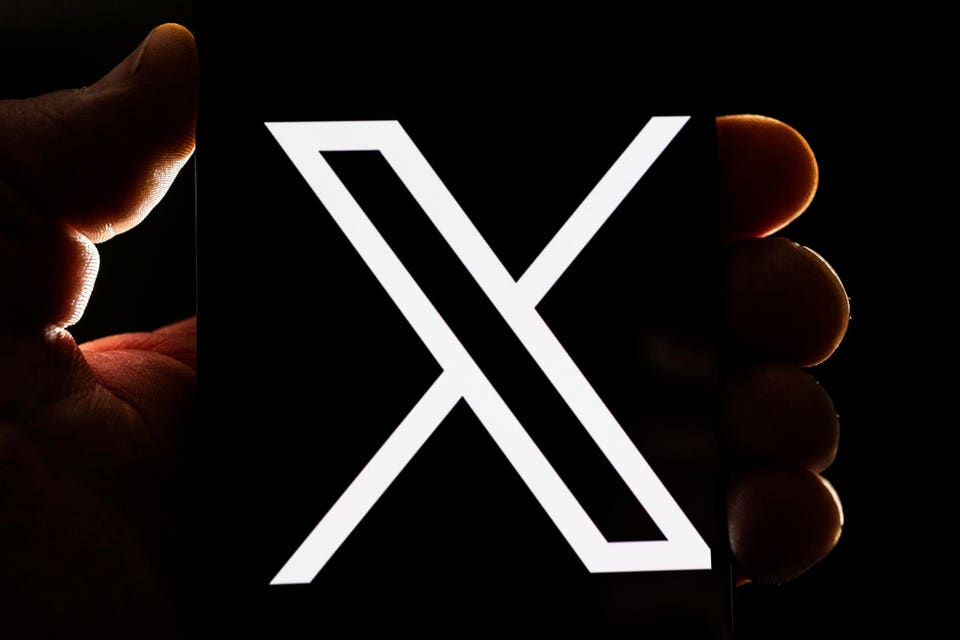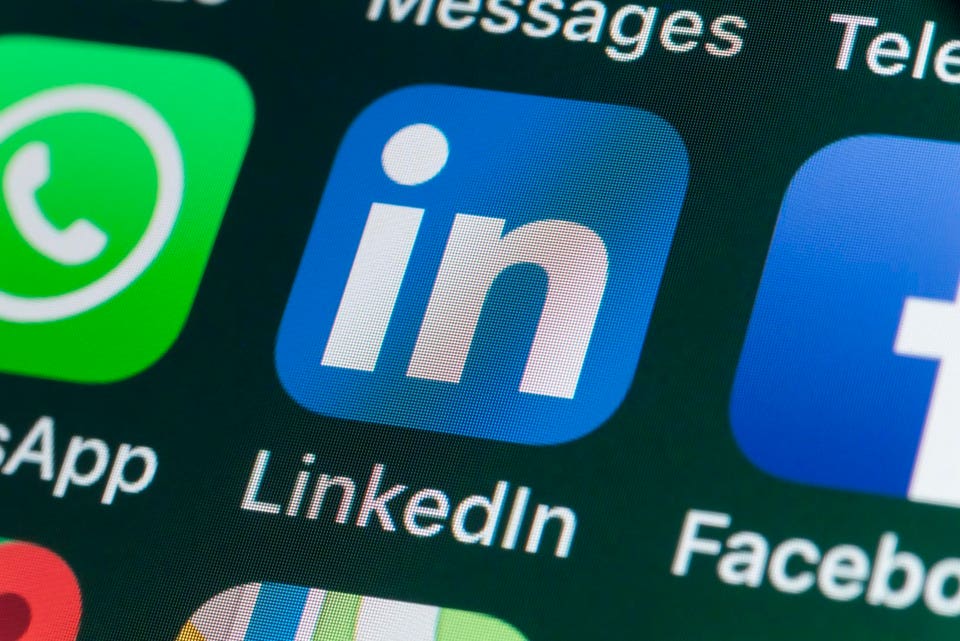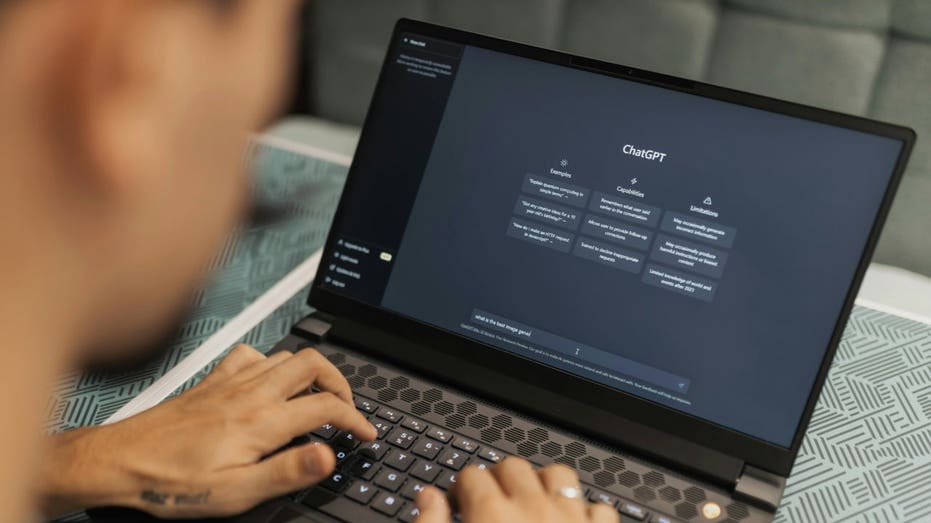Ticketmaster, Advance Auto Parts, Santander Bank, ATT, Bank of America, file transfer service MOVEit, Trello and Discord. Those are just some of the major companies targeted in data breaches so far this year.
I’m giving away a $1,000 gift card to your favorite airline.
Try my free tech newsletter to enter!
It’s easy to ignore news of a data breach, I know. There are just so many that it all turns into white noise. The Change Healthcare hack alone exposed one-third of Americans. That’s either you or someone you love dearly.
So, what do you do if your data is exposed? Your No. 1 goal is to protect yourself from future scams.
OWN A HOME? SHOPPING OR SELLING? YOU’RE A SCAM TARGET
Make a list of your data that was exposed.
Keep a document, Post-it, a note on your phone or whatever works for you. Be suspicious of anyone who references it in an email or phone call to prove they’re legit. Say your home address was leaked and someone contacts you about an issue with your mortgage. Yep, it’s probably a scam.
Watch your money.
Update your PIN and banking login credentials. Even if they weren’t involved directly in the breach, hackers can use your personal info to access it. Keep an eye on your bank and credit card statements.
Freeze your credit.
This will keep scammers from opening a credit card or loan in your name. Like setting up a fraud alert, you’ll need to contact each of the three credit bureaus. It takes a little work, but it’s a solid defense against criminals trying to ruin your financial future.
Crooks love to play the long game
They’ll wait until your guard is down and target you months after the initial breach.
This is part of the reason so many people fall for phishing scams. The crooks are going into text, call and email exchanges with a lot of ammo.
10 VOICE SCAMS TO WATCH OUT FOR – AND YOUR QUICK ACTION PLAN
What about when passwords are revealed?
On July 4, Hackers posted a file named RockYou2024.txt to a dark web forum. The file includes a mind-numbing 9,948,575,739 passwords. And there’s a very good chance it puts you at risk. The RockYou2024 leak is made up of passwords from both old and new data breaches.
It’s one thing when criminals have your name, phone number and financial details. Having access to your passwords is a whole different ball game.
The tactic is called credential stuffing
This is when crooks take your leaked passwords and try to break into as many services, sites, accounts and apps as they can. They’re hoping you got lazy at least once and reused that password somewhere else.
Any system that isn’t protected against brute-force attacks is at risk, and this goes beyond smartphones and computers. Even internet-connected cameras and industrial equipment are on the hackable list.
What are your next steps?
Visit Cybernews’ Leaked Password Checker to see if your passwords were exposed. HaveIBeenPwned is another option. Enter your email address into either one, and I’ll bet you’ll find yourself on the list.
Now the hard part: Reset the passwords for every single account associated with those leaked passwords.
20 TECH TRICKS TO MAKE LIFE BETTER, SAFER OR EASIER
Your browser can help
Your browser’s password manager can alert you if your passwords have been involved in a breach. Here’s how to view or enable this feature in three popular browsers:
Oh, and this is important to remember: Any random two-factor authentication (2FA) codes you receive via email or text that you didn’t ask for could mean someone is trying to access your accounts.
Share this tip with someone you care about. Protecting others from scams starts with knowledge.
Get tech-smarter on your schedule
Award-winning host Kim Komando is your secret weapon for navigating tech.
Copyright 2024, WestStar Multimedia Entertainment. All rights reserved.





